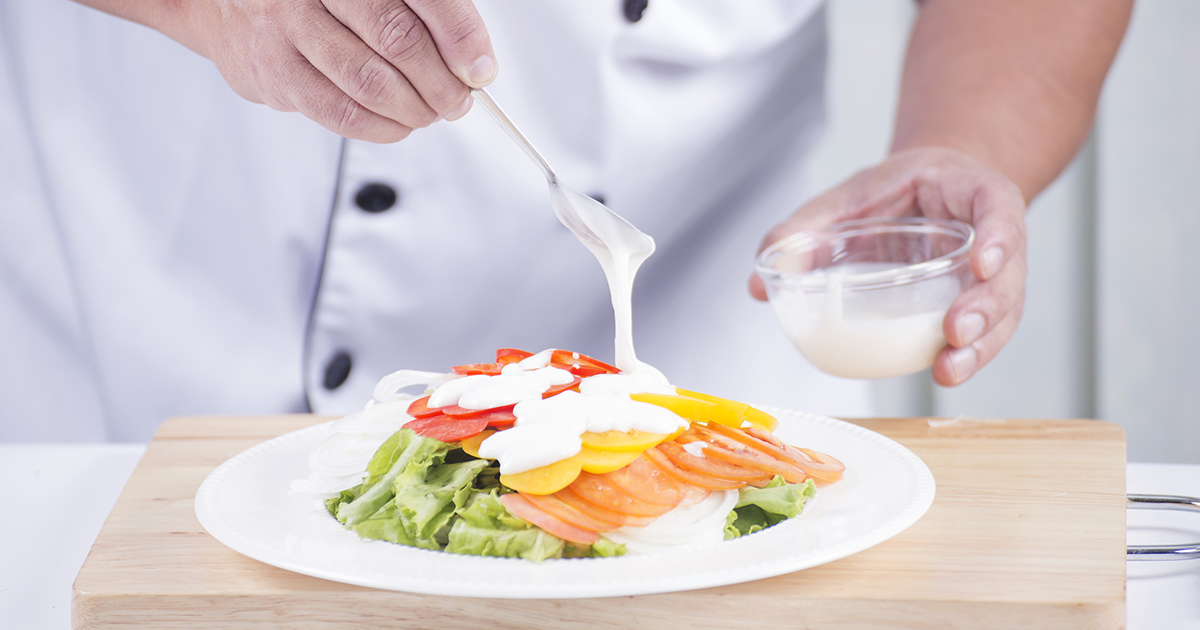Sneaky Food Additives
According to the Food And Drug Administration, a food additive is any substance added to foods that indirectly or directly becomes, or is reasonably expected to become, part of the food. Substances used to preserve, produce, store, treat, transport, enhance, or package food are classified as additives. Such practices aren’t a novel concept. Salt, for example, has been used to cure meats for centuries. Unlike those straightforward practices, however, many additives are very sneaky today. They show up in so many products that it’s very easy for consumers to get too much from too many sources. While the FDA maintains a list of over three thousand ingredients and provides regulations for additives in the United States' food supply, many food additives are riddled in controversy over the potential harm and health concerns they’re causing consumers. Let’s explore some common food additives and see where the problems may exist.
High-Fructose Corn Syrup

This sweetener comes from corn and is less expensive and sweeter than sucrose, which is sugar made from sugar cane. Beyond sweets, high-fructose corn syrup is found in many sodas, cereals, baked goods, and processed foods. It’s even hiding in places consumers would never think to look, such as many brands of ketchup, processed oatmeal, applesauce, pickle relish, and cold cuts. It’s estimated the calories from thirteen to twenty-five percent of United States diets are at least twenty-five percent added sugar. A 2015 study published in The Journal of Nutrition found fructose consumption is linked to many metabolism disorders, including obesity, insulin resistance, and high cholesterol.
Get to know the next sneaky food additive now.
MSG

Monosodium glutamate (MSG) is another sneaky additive even the most conscientious eater often overlooks. It’s most widely known as an ingredient in Chinese food, and it’s also commonly found as a flavor enhancer and thickening agent in everything from potato chips and breakfast sausage to gravy packages. It’s also a natural byproduct of processing proteins in processed foods. Just as high fructose corn syrup is often labeled as 'fructose' by manufacturers, MSG also has many names on labels, such as monopotassium glutamate and vegetable protein extract. Amongst the many studied side effects of too much monosodium glutamate are hyperglycemia, fatty liver, metabolic syndrome, hypertension, obesity, headaches, skin disturbances, and neurological and gut-brain disturbances.
Continue reading to reveal more sneaky food additives to be aware of.
Sodium Benzoate

Sodium benzoate is a common food preservative and the sodium salt of benzoic acid. It is often added to foods and drinks, such as sodas, fruit juices, and salad dressings, to extend shelf life and prevent spoilage. It’s also naturally present in minuscule amounts in certain fruits and seasonings, such as cinnamon and cranberries. One of the main health concerns with this additive is its combination with ascorbic acid, which is a combination that allows the additive to become benzene. Benzene is a carcinogen linked to cancers of the blood, such as leukemia. Sodium benzoate is limited to 0.1 content per weight in food and drink sources, but consuming multiple servings can easily put an individual over the limit. Studies have also found any amount of sodium benzoate can be harmful to those with attention deficit hyperactivity disorder, as it may trigger or enhance hyperactivity symptoms.
It's time to reveal the next sneak food additive.
Artificial Food Coloring

Without food coloring, pistachio ice cream wouldn’t be green, and even the signature yellow of butter wouldn’t exist. Between thirty and forty percent of the United States' food supply contains artificial food coloring, and it’s estimated consumption has increased five hundredfold over the last fifty years. Artificial food coloring has a plethora of names that make it hard to identify on a label. Consumers will find one, often more, dyes in everything from candies and gelatins to hot dogs and lunch meat. Each artificial coloring has its own share of potential negative health effects. Blue has been linked to bladder and stomach tumors in mice. Green has been linked to stomach tumors, and its research has been profound enough to get it banned by the European Union and several other countries. Red #40 and several others have been found to trigger and worsen hyperactivity in those with attention deficit hyperactivity disorder and cause immune system tumors. Consumer watchdogs say one of the many benefits of a whole food diet is the avoidance of these potentially harmful dye chemicals.
Get to know more sneaky food additives now.
BHA And BHT

Butylated hydroxyanisole and butylated hydroxytoluene are related synthetic antioxidants used as preservatives in foods like chips, vegetable oil, sausage, cereal, cookies, gum, and drink mixes. The National Toxicology Program calls BHA a probable human carcinogen, and The International Agency for Research on Cancer classifies BHA as a possible human carcinogen. Evidence that BHA interferes with hormone function landed the substance as a category one priority by the European Commission on Endocrine Disruption.
BHT has been shown to cause liver, thyroid, and kidney disorders in mice. High doses of BHT has even been shown to mimic estrogen and cause reproductive malfunction. Meanwhile, the Food and Drug Administration generally recognizes both substances as safe when the limit per volume isn’t exceeded, and other studies have shown low doses of the additives may actually help prevent cancer due to their antioxidant properties. The Center for Science in the Public Interest’s bottom line is to avoid BHA and approach BHT with caution. However, this may be a difficult task since BHA and BHT often show up together in products.
